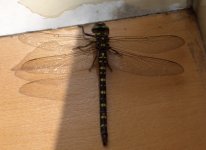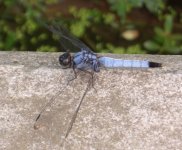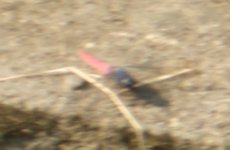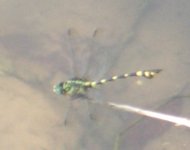Sangahyando
Well-known member

These are some old pictures from August 2006 I've never gotten around to identifying; also, I'm not all that confident in my dragonfly ID skills.
All images cropped, for the usual reasons. As usual, help would be much appreciated.
#1 is from Taihuai, northern Shanxi; Cordulegaster sp.?
#2 is from Chengdu, Sichuan; Orthretum sp.?
#3 is from Yangshuo, northern Guangxi; bit of a long shot
#4 also from Yangshuo; Gomphidae sp.?
All images cropped, for the usual reasons. As usual, help would be much appreciated.
#1 is from Taihuai, northern Shanxi; Cordulegaster sp.?
#2 is from Chengdu, Sichuan; Orthretum sp.?
#3 is from Yangshuo, northern Guangxi; bit of a long shot
#4 also from Yangshuo; Gomphidae sp.?







